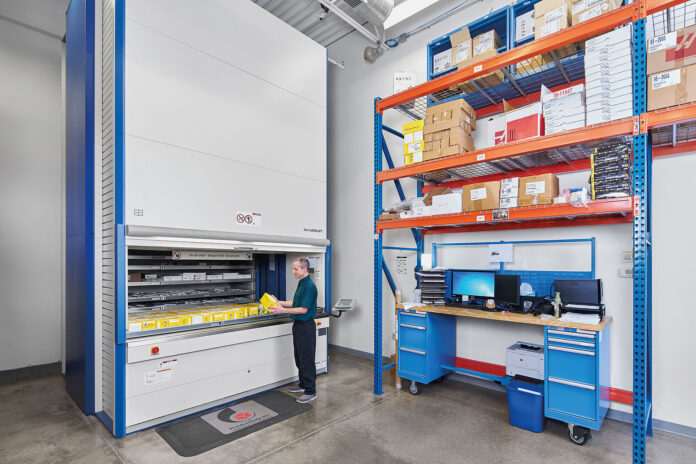Whether you use your tools professionally or you’re a well-equipped DIY-er, you have every size of spanner and screwdriver imaginable or you focus on the basics – you need to store your tools somewhere. There’s a lot of options on the marketplace, from fantastic wall-mounted storage through to heavy-duty, professional grade cabinets. Here’s our guide to tool storage solutions and what to look out for.
On the wall
There are two main choices for wall-mounted tool storage – louvres and peg boards. Both work in a similar fashion: you mount a baseboard on your wall (with either louvres or holes for pegs) and then you add hooks or holders for each of your tools. Although not great for larger power tools, wall-mounted options are fantastic for hand tools and components (with plastic storage boxes attached to louvres, for example). They are an absolutely perfect way of storing your tools if you work in one place all the time, for example, at a workbench or in a craft room, as you can organise, access and see your tools easily and keep everything within reach.
On the move
If you have to go out and about to complete your work, or you need to move your tools from storage space into other rooms to start your repair work, you’ll want either a tool bag or a traditional style tool box. These do not necessarily hold as many tools as some of the options in this article (although cantilever options can hold a surprising amount), so they’re suited to people who use a limited amount of equipment, or who can plan what they are likely to need based on the job at hand.
Tool bags take up less space when not in use, so if you are limited on room, they’re a good choice. Typically, tool boxes can hold more weight (although a box made out of shoddy materials will hold less than a well-made bag, so check the quality before you buy), and they have the added benefit of better organisation and less movement of the contents as you travel about.
On the floor
Designed mainly for professional use, tool chests and cabinets are the ultimate in heavy-duty, multi-tool storage. Sizes, configurations and prices cover a massive range here, so you’ll want to think carefully before you invest. Important considerations include the kind of tools you have, the quantity, how much space you have available for a cabinet and what your budget is.
Cabinets typically come with drawers and/or cupboards, some of which have louvres or peg boards inside. Most cabinets are lockable to give added security, and there are both static and wheeled options available, the latter of which is ideal for garages where you might need to move the bulk of your tools around the premises. If you need a mobile workspace, a roller cabinet with an integrated work surface is a great choice, and there are options available that have the top as a tray, making sure you don’t lose track of smaller tools, fixtures and fittings.
Author Bio: First Mats started life as safety matting specialists, but have since expanded to become a complete industrial and commercial supplies company. The focus of First Mats is to provide safety-focused products that improve the wellbeing of staff through quality approved products, backed up by extensive knowledge. www.firstmats.co.uk





